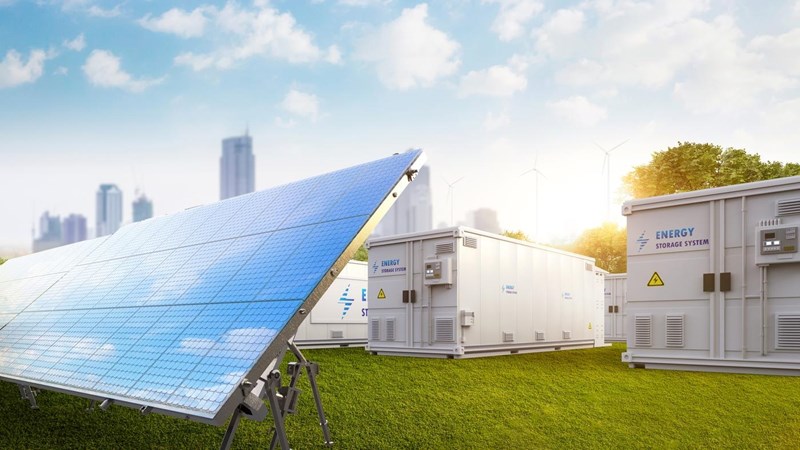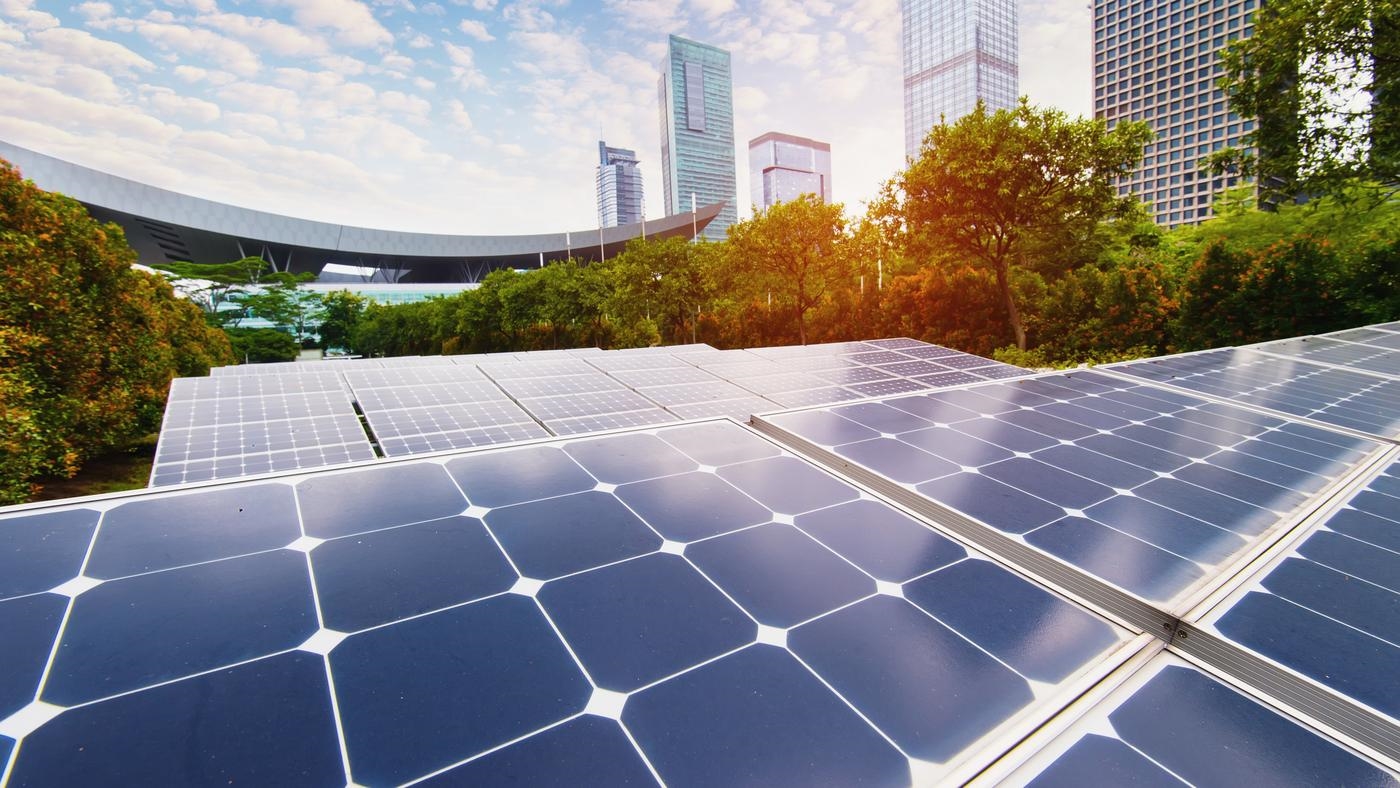Energy transition outlook: 2024-25 update
The world on the edge: Wood Mackenzie’s latest modelling of energy transition scenarios and the route to net zero highlights the increasing risk of a potentially devastating 3 ˚C pathway
Get your copy
Energy transition outlook: 2024-25 update
The world on the edge: Wood Mackenzie’s latest modelling of energy transition scenarios and the route to net zero highlights the increasing risk of a potentially devastating 3 ˚C pathway
Net zero by 2050 in doubt without doubling annual investment in energy supply to US$3.5 trn
In 2015 the Paris Agreement fired the energy transition starting pistol. Today, as we near the decade marker, it’s time to pick up the pace. The world is running out of time to achieve net zero. No large countries are on track to meet 2030 goals. 2050 targets remain in reach – if we dig deep and act immediately.
Net zero by 2050 calls for a total US$78 trillion investment across upstream, power supply, grid infrastructure, critical minerals and emerging technologies – up from US$75 trillion in last year’s report. Failure to act quickly and decisively risks putting even a 2 ˚C goal out of reach.
Three key energy transition challenges stand out
Wood Mackenzie’s energy transition outlook report (part of our Energy Transition Service) maps four different routes through the energy transition with increasing levels of ambition – and investment.
Three major issues currently stand out:
- Energy security: the war in Ukraine and tensions in the Middle East underscore the fragility of today’s energy system, which is dominated by oil and gas.
- Geopolitics: the tariffs and trade barriers on Chinese imports point to the growing discomfort in the West. China is the lowest-cost producer and dominates the supply chains in cleantech. The rest of the world will need to rely on Chinese manufacturing or be prepared to either pay a higher cost or delay the transition.
- Costs: with the mounting annual investment of US$3.5 trillion required to build a low-carbon energy supply and infrastructure, governments and companies’ resolve to push hard and fast on the transition has weakened. Permitting delays are adding to costs and hindering project development.
Our energy transition outlook executive summary includes more detail on these themes, plus a selection of charts on fossil fuels demand outlook, power demand, critical minerals demand, solar and wind trajectories and more.
Fill in the form at the top of the page for your complimentary copy.
Our scenarios
Base case
Base case
Our assessment of the most likely outcome, corresponding to 2.5 ˚C warming, incorporating the evolution of current policies and technology advancement.
Country pledges
Country pledges
Our view of how countries’ existing emissions targets is achieved, roughly in line with a 2-degree warming trajectory.
Net zero by 2050
Net zero by 2050
A credible pathway of how the 2015 Paris Agreement of 1.5 degree warming by 2100 is achieved.
Delayed transition
Delayed transition
Assumes a five-year delay to global decarbonisation efforts due to ongoing geopolitical barriers, reduced policy support for new technologies and cost headwinds.
Credible interpretations of possible futures
Our scenarios are based on cross-sector, multi-commodity modelling. They integrate our analyses of power and renewables, oil and gas, metals and mining, downstream and chemicals, and emerging technologies including low-carbon hydrogen, carbon removal, advanced nuclear and enhanced geothermal.
We present both scenarios and outcomes. Scenarios explore credible interpretations built on policy targets, technology choices and behavioural changes the world already appears to be making.

-

Energy transition outlook: the global context
Regional spotlight
-
 Opinion
Opinion
Africa
-
 Opinion
Opinion
Americas
-
 Opinion
Opinion
Asia Pacific
-
 Opinion
Opinion
EU-27
-
 Opinion
Opinion
UK
-
 Opinion
Opinion
Middle East

What does the energy transition mean for your business?
- How will global energy demand evolve in a low-carbon future?
- How will carbon regulation impact the chemicals sector?
- What does increasing EV penetration mean for the power sector?
To discuss these questions and more, talk to a consultant with expertise in your sector and region.

-

Archive





